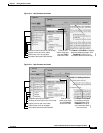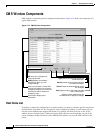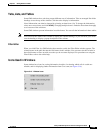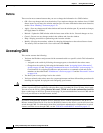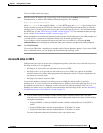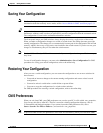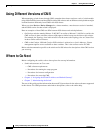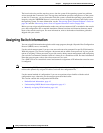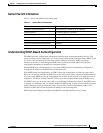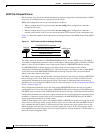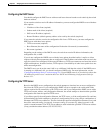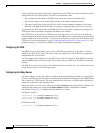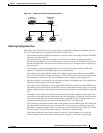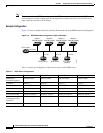
CHAPTER
4-1
Catalyst 2950 Desktop Switch Software Configuration Guide
78-14982-01
4
Assigning the Switch IP Address and Default
Gateway
This chapter describes how to create the initial switch configuration (for example, assign the switch IP
address and default gateway information) by using a variety of automatic and manual methods.
Note For complete syntax and usage information for the commands used in this chapter, refer to the command
reference for this release.
This chapter consists of these sections:
• Understanding the Boot Process, page 4-1
• Assigning Switch Information, page 4-2
• Checking and Saving the Running Configuration, page 4-10
Understanding the Boot Process
Before you can assign switch information (IP address, subnet mask, default gateway, secret and Telnet
passwords, and so forth), you need to install and power on the switch as described in the hardware
installation guide that shipped with your switch.
The normal boot process involves the operation of the boot loader software, which performs these
activities:
• Performs low-level CPU initialization. It initializes the CPU registers, which control where physical
memory is mapped, its quantity, its speed, and so forth.
• Performs power-on self-test (POST) for the CPU subsystem. It tests the CPU DRAM and the portion
of the Flash device that makes up the Flash file system.
• Initializes the Flash file system on the system board.
• Loads a default operating system software image into memory and boots the switch.
The boot loader provides access to the Flash file system before the operating system is loaded. Normally,
the boot loader is used only to load, uncompress, and launch the operating system. After the boot loader
gives the operating system control of the CPU, the boot loader is not active until the next system reset
or power-on.



